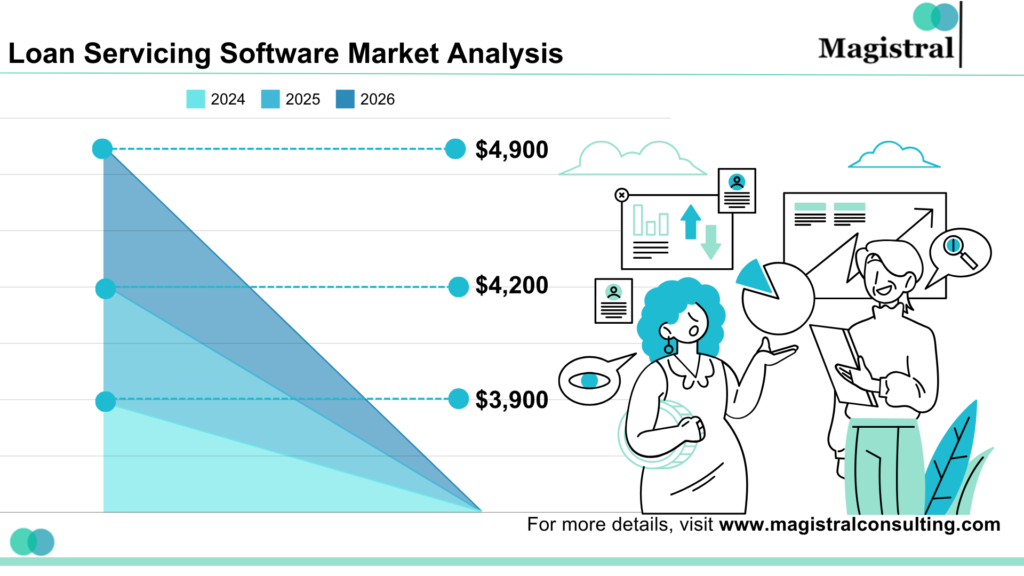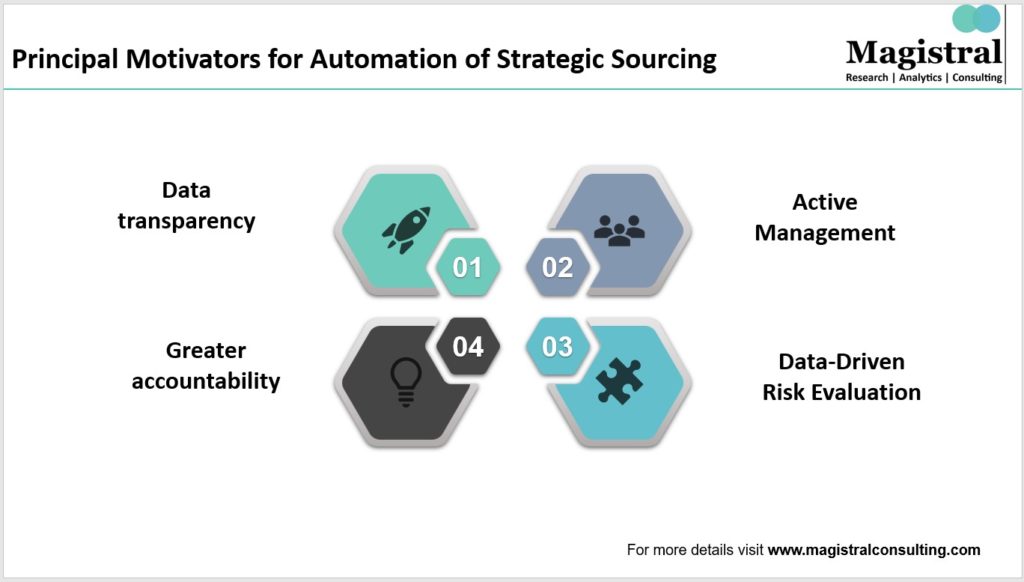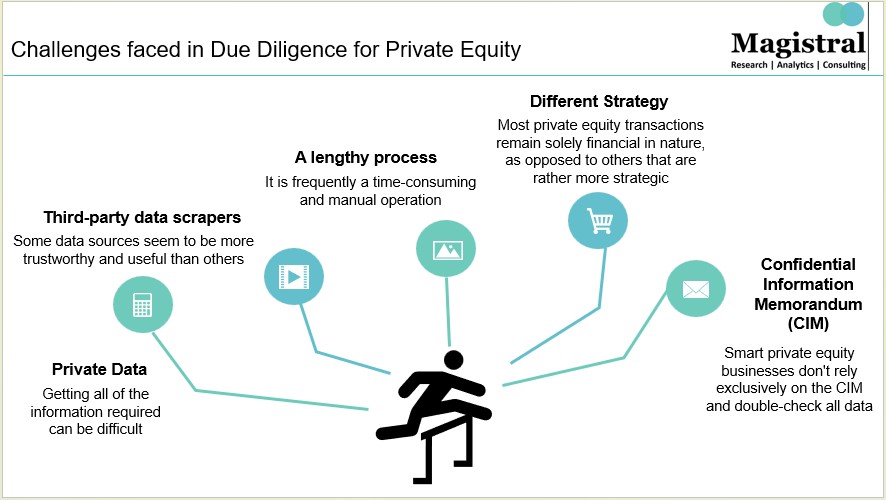The lending businesses are demanding a quick decision-making process in compliance with regulatory measures. They include high costs, tight budgets, and changing technologies keeping the lending industries on their toes. Enhancing customer experience, optimizing end-to-end process efficiency, and managing operational risk are the three most important aspects of lending operations outsourcing for business operations efficiency, these are the promptest factors to meet the ground-breaking solutions for ever-changing demand in the market. The meticulous efforts of outsourcing have become an inseparable part of the lending businesses. It is to provide solutions related to major challenges of capital. Challenges are also faced in corporate governance requirements and financial reporting. The back-office support immunizes the profitability of the lenders from the harmful impact of the market hurdles.

Business Process Outsourcing Market Size Estimate
Why Outsource Loan Processors: A Step Toward Strategic Advantage
Lending is a process-intensive operation that involves accuracy and efficiency. Being a global business process, outsourcing alone is estimated to reach $513 billion by 2030, growing at a CAGR of 8.5 percent—evidencing the growing importance in the lending market, thus helping lenders to focus more on developing relationships with clients. Speaking in terms of the lending business, outsourcing accelerates decision-making by speeding up loan processing while reducing the errors that improve productivity. Further, involvement of field experts allows the internal staff to focus on core business activities. The extended team works in conjunction with the staff and ensures that all necessary document gathering and tracks the status regarding the lending process are being followed up. The various loan processing services available for lending operations outsourcing are:
Loan Origination
Also known as deal sourcing, typically involves lead generation, pitching buyers, and managing relationships with intermediaries in the process of lending operations outsourcing. Firms strive to possess a wide network of contacts for a good reputation, with a strategy to work with an extended team for deal origination makes it a cost-effective activity with low maintenance under a budget. Under lending operations loan origination process involves the application acceptance, processing, underwriting of the loan, and transfer of loan amount, the complexity of each step demands the involvement of an experienced and professional staff for which lending outsourcing operations eliminate the high cost of training and retains an efficient set of staff.
Loan Underwriting
It is a systematic method of assessing the risk involving a thorough examination of the firm’s financial history, credit score, income, assets, and the value of the property. Lending operations outsourcing enables lenders to streamline costs with the right people, technology, and processes and optimizes productivity. The back-office support provides an end-to-end understanding of the underwriting procedure gives a broad spectrum of growth and improves profit margins of the firms.
Loan Closing
The stringentness and complexity of closing a loan requires streamlined processing to eliminate the harmful impact of market challenges on the profitability of the firms. Operations outsourcing guides and assists the underwriting process by conducting a preliminary evaluation and risk assessment ensuring a smooth loan closing procedure. Thus, outsourcing the expertise allows the firms to organize and achieve prompt customer payments, earn a solid reputation, and gain a greater competitive advantage.
Loan Servicing via Software
With an estimated growth size of $2.70 billion at a CAGR of 12.01% between 2023 and 2028 lenders are adopting third-party software to automate the loan application process for drastic timesaving. Lenders must employ mitigation techniques to upgrade and maintain these types of software, making it easier to decide how many loans to approve. Lending operations outsourcing facilitates lending businesses end-to-end solutions via a software support expertise team catering to the tailored solutions of credit formation, loan management, commercial lending, and more resulting in reduced operating costs with high profitability margins.

Loan Servicing Software Market Analysis
As outsourcing ensures that lending businesses increase productivity through specialized resources, companies of all sizes are becoming dependent on outsourcing services. Back-office outsourcing encourages lending firms to assign ancillary financial processes like data entry and management, financial reporting, account payable and receivable support, and financial research and analysis to allow the management to focus on its core business activities.
Transforming Lending Operations: How Operations Outsourcing is Driving Efficiency and Innovation
Lending operations outsourcing allows mortgage and lending businesses to focus on their new development areas. They include marketing and loan funding rather than burning their energy on the repetitive and tedious tasks. To match the sensitive and extreme requirements of these businesses, outsourcing firms are modifying their way of working toward lending operations outsourcing. By standardizing and automating the functions, outsourcing firms are actively looking for solutions. It is over and above what computers are serving to the businesses. For which outsourcing firms are focusing more and more on the latest technologies. The focus is also on continuous training and upgrading their workforce.
With an aim to provide next-generation solutions to businesses, outsourcing firms are actively creating a sustainable business structure. They do so by ensuring that every step taken by them is flexible and innovative. It is done to improve the quality of management. It also creates a progressive approach toward minimizing processing time. With a more adapt to the changing environment approach outsourcing firms are bringing significant cost-saving and process enhancement mechanisms. It is done to witness, modify, and solve any potential failure (if any).
Magistral Consulting Services for Lending Firms
With specialized knowledge and skills in the areas like compliance, technology, and risk management. Magistral is navigating lending businesses to untangle complex regulations and streamline their operational processing. It is done at the lowest possible cost. For lending operations outsourcing, Magistral invests in advanced technologies catering to all sizes of lending firms. Teams implement it to deliver innovative solutions such as data analytics, automation, and customer relationship management systems. The major services Magistral offers to lending firms are:
Loan Processing
Magistral streamlines the loan processing system by managing the application review, verification, and approval processes. With the help of its experienced and qualified loan processors, Magistral stays committed throughout the loan process.
Compliance and Risk Management
Magistral ensures that the lending firm adheres to the respective regulatory requirements. Magistral provides a proactive and strategic approach to overcoming the hurdles and challenges related to regulatory requirements.
Financial Accounting Services
Magistral focuses on investing its resources in advanced financial and accounting solutions to serve innovative solutions to its clients.
Risk Mitigation
Magistral, through its fraud detection mechanism and compliance monitoring system improves the risk mitigation processes through specialized tools and expertise.
Data Management
Magistral analyses large volumes of data which allows the lending firms to make detailed informed decisions. Thus, enabling them to understand their customer base better.
About Magistral Consulting
Magistral Consulting has helped multiple funds and companies in outsourcing operations activities. It has service offerings for Private Equity, Venture Capital, Family Offices, Investment Banks, Asset Managers, Hedge Funds, Financial Consultants, Real Estate, REITs, RE funds, Corporates, and Portfolio companies. Its functional expertise is around Deal origination, Deal Execution, Due Diligence, Financial Modelling, Portfolio Management, and Equity Research
For setting up an appointment with a Magistral representative visit www.magistralconsulting.com/contact
About the Author
The article is authored by the Marketing Department of Magistral Consulting. For any business inquiries, you can reach out to prabhash.choudhary@magistralconsulting.com
What sets Magistral apart from others?
Magistral focuses on quality solutions and strong communication commitments to extend personalized and successful services to its clients.
How does Magistral ensure compliance with the lending regulations?
With its well-versed team in industry regulations and standards, Magistral ensures rigorous protocols and conducts regular audits to adhere to the compliances.
How does Magistral maintain communication with its clients?
Magistral assigns a dedicated manager to all its clients respectively who provide regular updates through on-demand meetings and reports to ensure transparency and alignment.





















